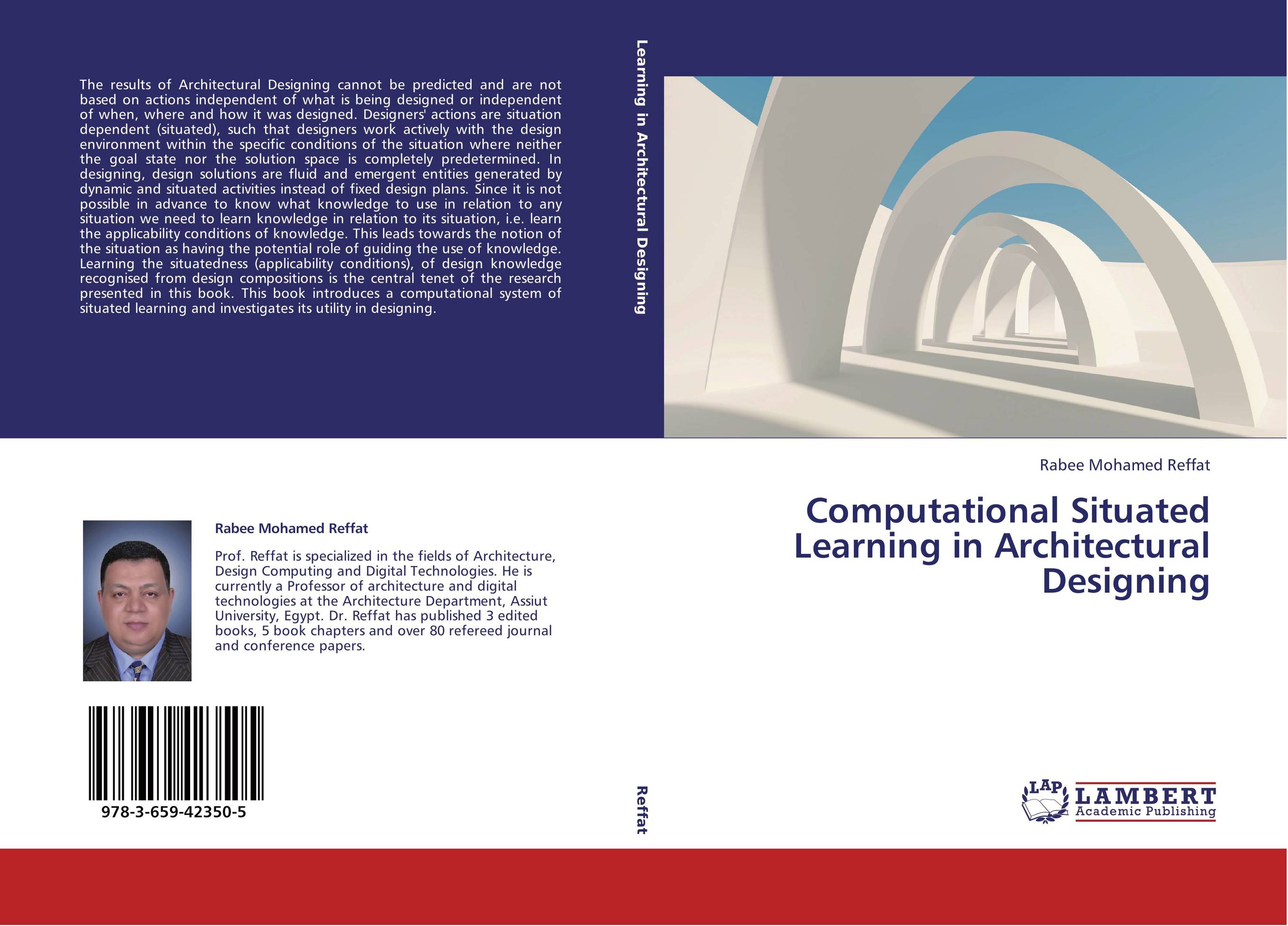| Поиск по каталогу |
|
(строгое соответствие)
|
- Профессиональная
- Научно-популярная
- Художественная
- Публицистика
- Детская
- Искусство
- Хобби, семья, дом
- Спорт
- Путеводители
- Блокноты, тетради, открытки
Computational Situated Learning in Architectural Designing.

В наличии
| Местонахождение: Алматы | Состояние экземпляра: новый |

Бумажная
версия
версия
Автор: Rabee Mohamed Reffat
ISBN: 9783659423505
Год издания: 2013
Формат книги: 60×90/16 (145×215 мм)
Количество страниц: 168
Издательство: LAP LAMBERT Academic Publishing
Цена: 45727 тг
Положить в корзину
| Способы доставки в город Алматы * комплектация (срок до отгрузки) не более 2 рабочих дней |
| Самовывоз из города Алматы (пункты самовывоза партнёра CDEK) |
| Курьерская доставка CDEK из города Москва |
| Доставка Почтой России из города Москва |
Аннотация: The results of Architectural Designing cannot be predicted and are not based on actions independent of what is being designed or independent of when, where and how it was designed. Designers' actions are situation dependent (situated), such that designers work actively with the design environment within the specific conditions of the situation where neither the goal state nor the solution space is completely predetermined. In designing, design solutions are fluid and emergent entities generated by dynamic and situated activities instead of fixed design plans. Since it is not possible in advance to know what knowledge to use in relation to any situation we need to learn knowledge in relation to its situation, i.e. learn the applicability conditions of knowledge. This leads towards the notion of the situation as having the potential role of guiding the use of knowledge. Learning the situatedness (applicability conditions), of design knowledge recognised from design compositions is the central tenet of the research presented in this book. This book introduces a computational system of situated learning and investigates its utility in designing.
Ключевые слова: Machine Learning, Architectural Shapes, Shape Semantics, Situated Cognition and Learning



